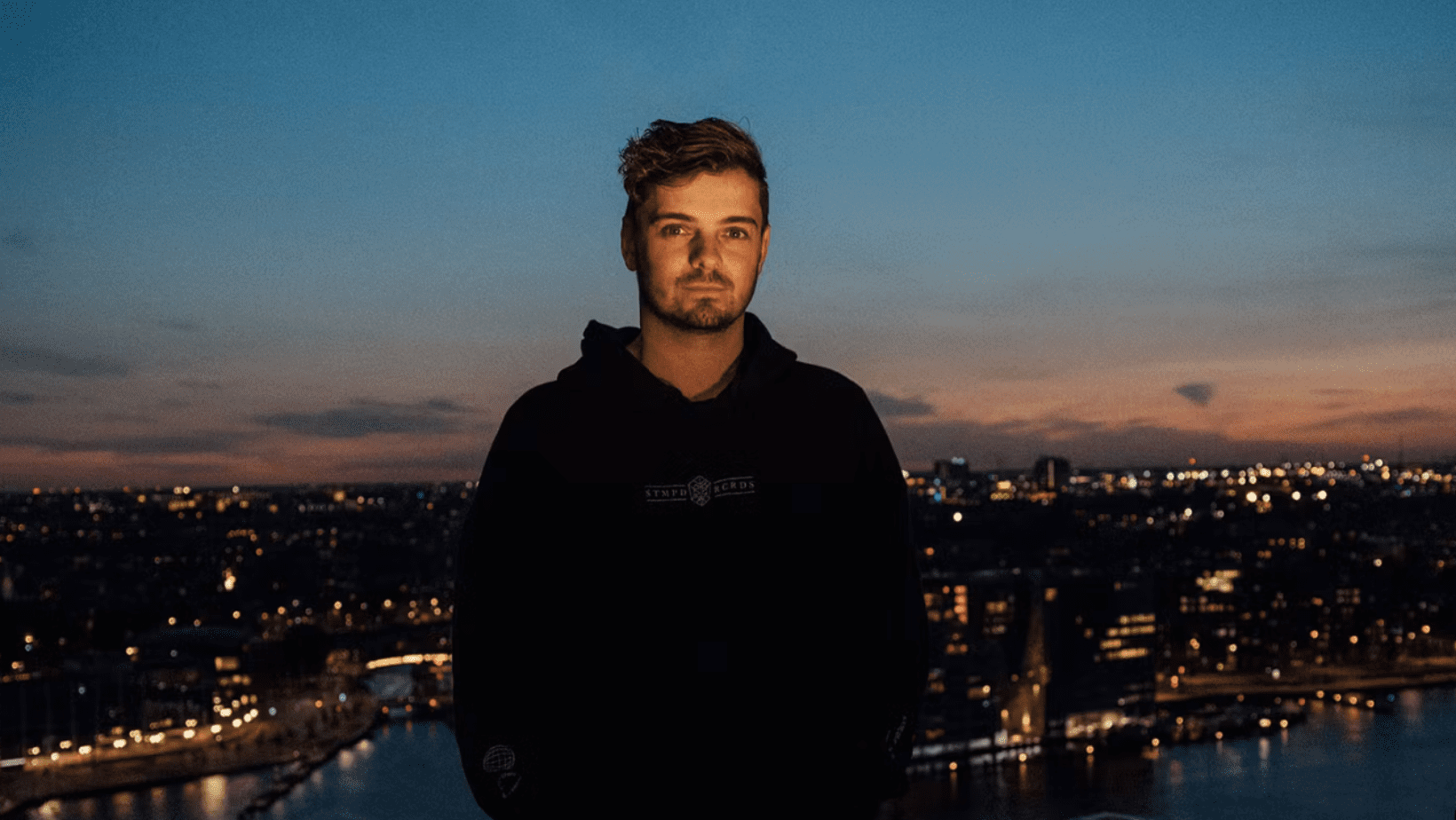

Martin Garrix, one of the world’s most popular EDM artists, recently shared his personal struggle with tinnitus. The 28-year-old DJ and producer, known for global hits like “Animals” and “Scared to Be Lonely,” opened up on Raj Shamani’s Figuring Out podcast about how the condition has affected both his career and his daily life.
Tinnitus, which causes a persistent ringing or buzzing in the ears, is a common issue for musicians, especially DJs and producers exposed to high sound levels over long periods. Garrix described the experience as hearing a “nonstop beep” in his ear. To cope with it, he revealed that he always plays background music to distract himself from the constant noise.
The Dutch artist admitted that his tinnitus developed early in his career when he often worked in the studio and performed live without using ear protection. Over time, the prolonged exposure to loud music took its toll on his hearing. To prevent further damage, Garrix now uses a decibel meter in his studio. The device flashes red to warn him when the sound exceeds safe levels, helping him maintain better control over his auditory environment.
Garrix also pointed out that tinnitus isn’t just a problem for professionals in the music industry. Festivalgoers, ravers, and fans who frequently attend loud events are also at risk of hearing damage. He emphasized the importance of wearing earplugs or other forms of ear protection to reduce the chances of developing tinnitus or other long-term hearing issues.
His openness follows a similar revelation from fellow DJ Alesso, who also shared his battle with tinnitus and the measures he’s taken to manage it. Together, these artists are shedding light on an issue that often goes unnoticed but affects countless individuals in the music world and beyond.
Tinnitus can significantly impact mental and physical health. Those who live with the condition often struggle with sleep disturbances, difficulty concentrating, and emotional distress. By sharing his experience, Garrix aims to encourage others to take proactive steps to protect their hearing.
For DJs, producers, and performers, the stakes are particularly high. Their careers depend on their ability to hear clearly and create music. However, Garrix’s message extends to all music lovers. Whether you’re a performer or a fan, exposure to loud music without protection can lead to irreversible hearing damage.
Garrix’s transparency is a wake-up call for everyone. His advice is simple but powerful: wear earplugs at concerts and festivals, monitor sound levels in your environment, and take breaks from exposure to loud noise. These steps can make a big difference in preserving your hearing.
In an industry where hearing is everything, Garrix’s story highlights the need for greater awareness and responsibility. His journey serves as both a cautionary tale and an inspiration to prioritize health without compromising the love for music.

